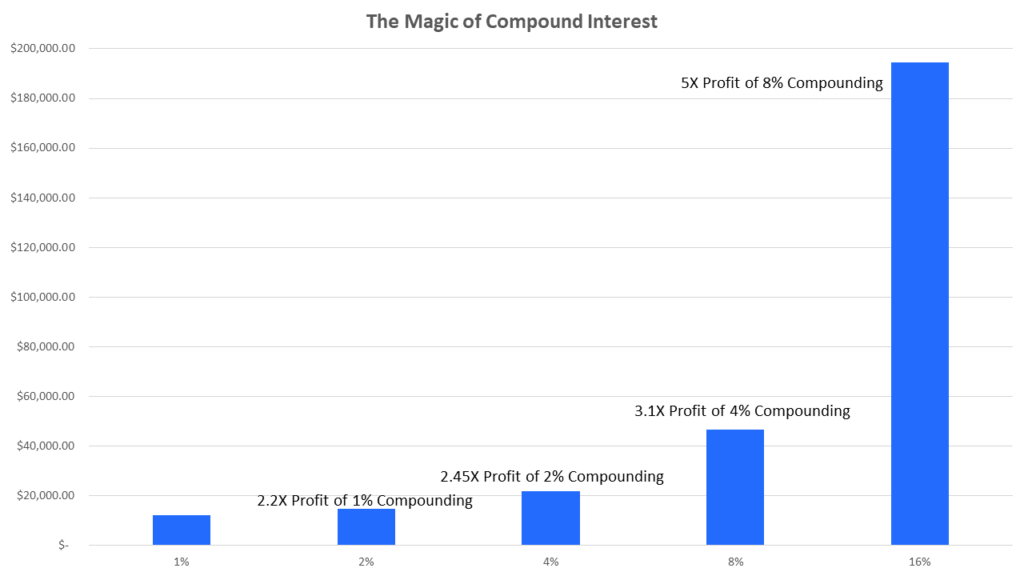Market volatility is up, and any time that happens I get asked one question more frequently: “Is it time to sell it all and wait?” My answer is an emphatic no. Attempting to time the market by selling out and buying in is a great way to miss the best days and months of the market’s performance. Instead I recommended in May of 1991 that investors prepare ahead for market volatility by focusing on stocks with low betas. I wrote:
In the stock market the words risk and volatility are synonymous. I want you to concentrate most of your efforts on stocks that are less volatile than average.
What you need to know is a stock’s beta, or the measure of its volatility. A stock with a beta of 1.0 has characteristics of volatility that equal the average stock. A stock with a beta of 0.8 is only 80% as volatile as most stocks. A stock with a beta of 1.3 is 30% more volatile than most stocks.
You want to achieve your 20% goal with as little volatility as possible. You will sleep better with less volatility and you will be able to ride out market downturns fully invested with a large degree of comfort. You will be most comfortable with stocks that have betas of 1.0 and less.
Remember, over time the stock market advances in seven of every ten years. Over the years, my biggest failures have come from missing the boat or being under-invested during major market moves. When times were tough, I missed the boat because I was too hesitant to invest, and during recession I was under-invested. No more. Today, I never miss the boat because I am always in the boat, and I want you to remain in the boat along with me. It is simply a matter of ensuring how you are balanced in the boat so as not to be rocked out in rough water.
If you need help crafting a portfolio that minimizes risk and focuses on generating income, you can complete the form below. You will be contacted by a seasoned advisor from my family-run investment counsel firm, Richard C. Young & Co., Ltd. The advisor will perform a portfolio review—completely free and without obligation—explaining the programs being offered to help investors meet their goals.
